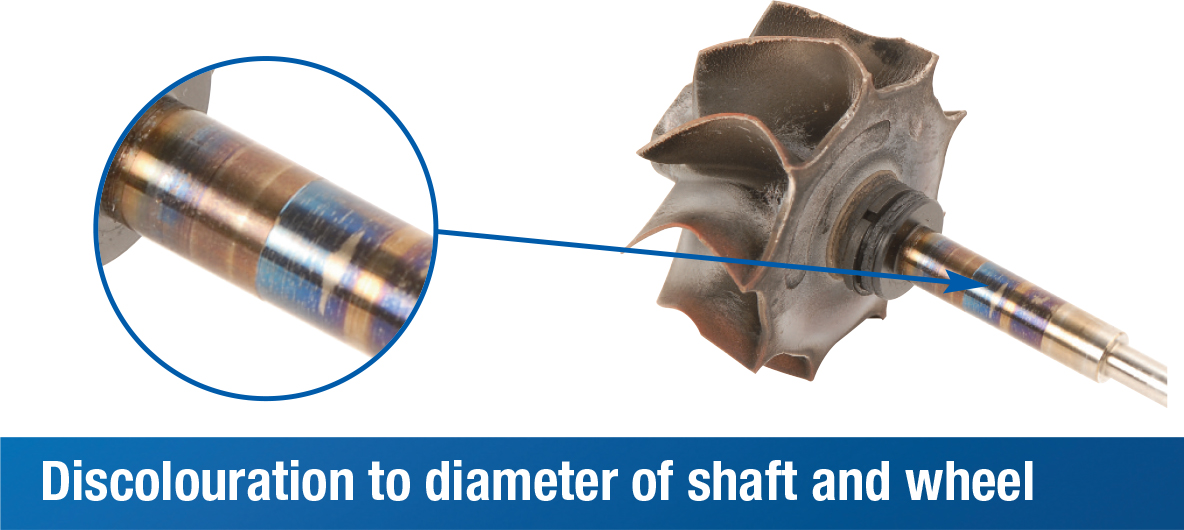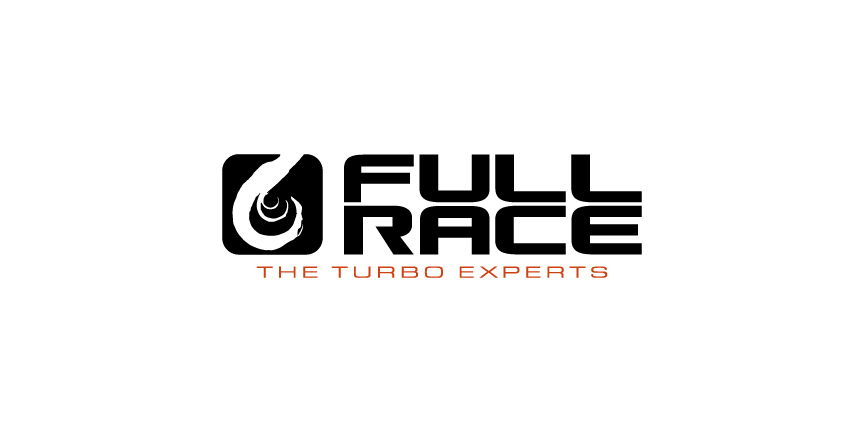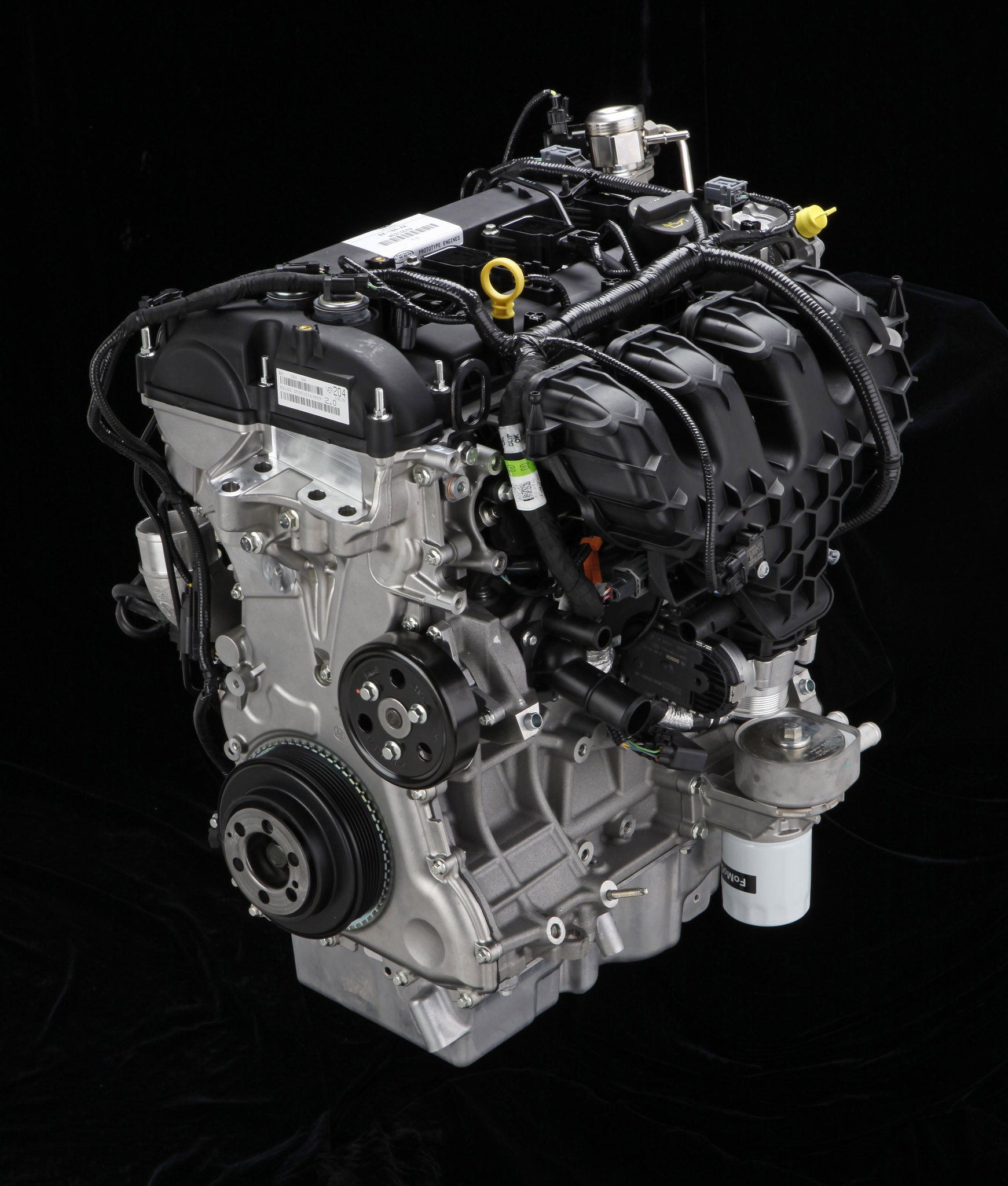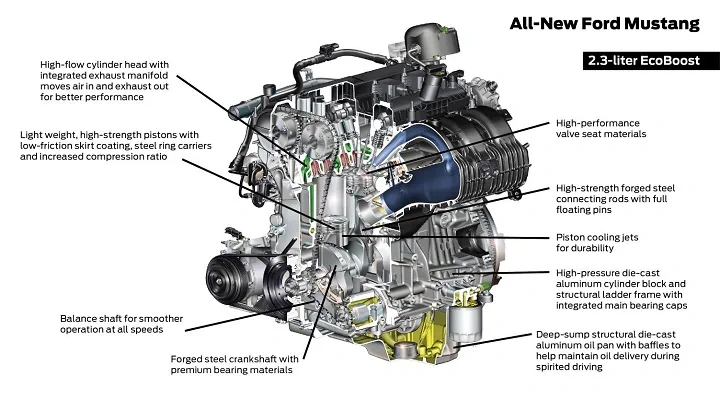Tech Tip: 7 Steps to Avoid Turbo Failure


Turbo failures are frequently misunderstood. Many people erroneously assume that the turbo itself is faulty, often citing issues like "my seals are bad." However, the reality is quite different; turbo failures are seldom a result of inherent turbo problems. Generally, failures occur due to non-turbo-related issues, meaning that turbos usually don't fail on their own - an external factor is at play.
Our team of Turbo Experts identified the most commonly seen failure modes for performance turbos. Understanding these failure modes is crucial for both enthusiasts and technicians. Armed with this knowledge, individuals can understand the root cause of problems, ultimately avoiding common mistakes, saving time and money in the long run.

FAILURE MODE #1: Lack of Lubrication: Too-Low Oil Pressure
A turbocharger doesn't need much oil pressure - 40psi is considered ideal - yet insufficient lubrication, overspeed, or intermittent low oil pressure can lead to oil starvation within the bearing assembly. This results in direct metal-to-metal contact between the shaft and journal/thrust bearings, causing friction, heavy wear and high temperatures. The result is material transfer between the bearings and shaft, leading to visual evidence of tempering colors on the inner components. During the most extreme oil starvation, shaft seizure and breakage occurs. If you replace oil feed/return lines and pre-lube the new turbo on initial install, you're ahead of the game.

FAILURE MODE #2: Improper Weight, Quality or Fuel Dilution of Oil
Whether the oil is old, contaminated, or of the incorrect type, it can quickly result in bearing wear and eventual failure. Poor oil quality can smear the thrust bearing pad (specific to journal bearing turbos), cause oil build-up and worn bearings, eventually blocking the oil feed passages and cutting off the oil supply. Adhering to oil change intervals and using synthetic oil for the modern direct-injection turbocharged engines is crucial. Note: Ball bearing turbos do not use thrust bearings and are less susceptible to this type of failure.

FAILURE MODE #3: Abuse – Fast Cold Starts or Hot Shutdowns
Fast cold starts and hot shutdowns can lead to premature dynamic seal and journal bearing wear. In harsh Cold-weather conditions, it's essential to allow time for the oil to start flowing and reach operating temperature before loading the engine. After Hot and heavy boost operation, idling for 30-60 seconds before shutdown is advisable. This allows the heat to transfer out of the turbine wheel, through the shaft and into the oil rather than the bearings

FAILURE MODE #4: Poor Engine Maintenance – Dirty/Contaminated Oil
Inadequate engine maintenance results in contaminated oil, introducing tiny hard particles into the turbo's bearing system. This can cause scratches or grooves in the bearing surfaces, leading to wear that may cause the wheels to rub against the end housings. Using a new oil pump after rebuilding an engine and installing an inline filter/regulator combo like Turbosmart's OPR during turbo installation are optimal practices to prevent oil contamination-related failures. Some engines like F150 ecoboost use turbocharger-prefilters on the oil feed, these filters can get clogged and should be replaced during a turbocharger service.

FAILURE MODE #5: ECU/Fuel Calibration Changes – (Excessive EGT)
Excessive exhaust gas temperature (EGT) due to improper tuning can lead to overheating, cracked turbine housings, and premature engine failure. It's crucial to choose reputable tuning shops with application-specific experience and a knowledge of safe operating parameters.

FAILURE MODE #6: Foreign Object Damage
Avoid using every engine bay surface as a tool shelf when working on your vehicle, as this can lead to leaving behind foreign objects that get sucked into your turbo. Loose hardware in the exhaust manifold or air filter / intake tract or other foreign materials, can cause damage to the compressor and turbine blades.

FAILURE MODE #7: Boost Leaks, Collapsing Intakes or Other Defective Engine Components
Turbo failure often results from other defective engine components, including:
- Exhaust leaks: manifold warping or Gasket failure
- Boost Leaks: Leaking inlet manifold or Charge pipes (perform a boost leak test!)
- Clogged air filters or Collapsing Inlet
- Lack of air filter
- Obstructed oil supply lines (bent, kinked lines, improper gaskets)
- Faulty oil pump (oil starvation)
- Incorrect turbo oil drain hose kink or restriction
- Clogged turbo oil feed line or filter (Especially important for F150 EcoBoost)
- Improperly set up boost control system
- RTV used in place of a proper gasket (obstructed oil drain or feed lines)
- Oil leaks
- Incorrect ECU calibration for your modifications.
If you have additional questions, please contact gofaster@full-race.com
Resources
All ArticlesFor SHOP OWNERs
& KIT BUILDERs
Full-Race Motorsports is the most
trusted name in turbocharging.




